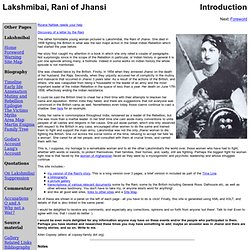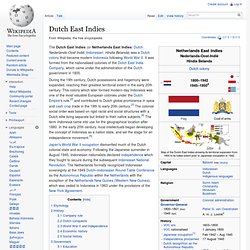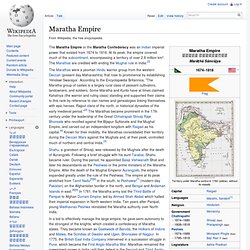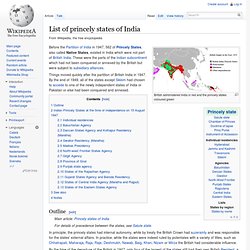

Lakshmibai, Rani of Jhansi - Introduction. Rizana Nafeek needs your help Discovery of a letter by the Rani The rather formidable young woman pictured is Lakshmibai, the Rani of Jhansi.

She died in 1858 fighting the British in what was the last major action in the Great Indian Rebellion which had started the year before. Her story first caught my attention in a book in which she only rated a couple of paragraphs. Not surprisingly since in the scope of the Rebellion in particular, or Indian history in general it is just one episode among many, a footnote.
She was cheated twice by the British. It could be said the British tried to cheat her a third time with their attempts to blacken her name and reputation. Today her name is commonplace throughout India, renowned as a leader of the Rebellion, but she was more than a martial leader. This site includes:- my version of the Rani's story. All of these are shown in a panel on the left of each page - all you have to do is click! Allen Copsey (allenc at copsey-family dot org) Notes. Dutch East Indies. The Dutch East Indies (or Netherlands East Indies; Dutch: Nederlands-Oost-Indië; Indonesian: Hindia Belanda) was a Dutch colony that became modern Indonesia following World War II.

It was formed from the nationalised colonies of the Dutch East India Company, which came under the administration of the Dutch government in 1800. During the 19th century, Dutch possessions and hegemony were expanded, reaching their greatest territorial extent in the early 20th century. This colony which later formed modern-day Indonesia was one of the most valuable European colonies under the Dutch Empire's rule,[2] and contributed to Dutch global prominence in spice and cash crop trade in the 19th to early 20th century.[3] The colonial social order was based on rigid racial and social structures with a Dutch elite living separate but linked to their native subjects.[4] The term Indonesia came into use for the geographical location after 1880. Etymology[edit] The word Indies comes from Latin: Indus. Princely state. A princely state (also called native state or Indian state) was a nominally sovereign[1] entity of India during the British Raj that was not directly governed by the British, but rather by a local ruler under a form of indirect rule,[2] subject to a subsidiary alliance and the suzerainty or paramountcy of the British Crown.

Several of the states acceded to Pakistan between 1947 and 1948, becoming the princely states of Pakistan. A few of these retained their autonomy until the 1970s. British relationship with the princely states[edit] India under the British Raj (the "Indian Empire") consisted of two types of territory: British India and the Native States or Princely states. In its Interpretation Act 1889, the British Parliament adopted the following definitions: (4.) Princely status and titles[edit] The most prestigious Hindu rulers usually had the prefix "maha" ("great", compare for example Grand duke) in their titles, as in Maharaja, Maharana, Maharao, etc. Precedence and prestige[edit] Maratha Empire. The Maratha Empire or the Maratha Confederacy was an Indian imperial power that existed from 1674 to 1818.

At its peak, the empire covered much of the subcontinent, encompassing a territory of over 2.8 million km². The Marathas are credited with ending the Mughal rule in India.[2] The Marathas were a yeoman Hindu warrior group from the western Deccan (present day Maharashtra) that rose to prominence by establishing 'Hindawi Swarajya'. According to the Encyclopædia Britannica, "The Maratha group of castes is a largely rural class of peasant cultivators, landowners, and soldiers.
Some Maratha and Kunbi have at times claimed Kshatriya (the warrior and ruling class) standing and supported their claims to this rank by reference to clan names and genealogies linking themselves with epic heroes, Rajput clans of the north, or historical dynasties of the early medieval period. List of Indian princely states. British administered India in red and the princely states coloured green Before the Partition of India in 1947, 562 of Princely States, also called Native States, existed in India which were not part of British India.
